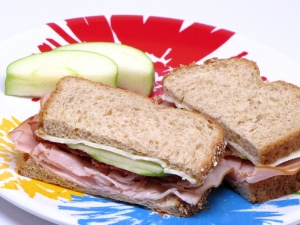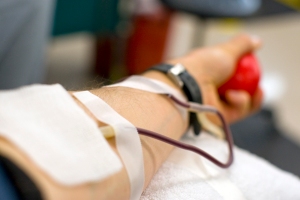There may be a chance for you to influence change when it comes to food labels!
As most of us know by now, food marketing, packaging, and labels can be extremely misleading. There is little over-watch and even the standards that are in place are outdated.
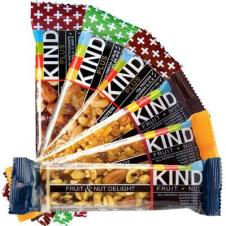 About a year ago, the FDA required the Kind bar company to remove the word “healthy” from their labels. But, based on the ingredient list, I would argue that their bars are far healthier than standard American snacks like chips, soda, and soy-based granola bars with 40 grams of sugar.
About a year ago, the FDA required the Kind bar company to remove the word “healthy” from their labels. But, based on the ingredient list, I would argue that their bars are far healthier than standard American snacks like chips, soda, and soy-based granola bars with 40 grams of sugar.
For example, the Honey Roasted Nuts & Sea Salt bar has 10 ingredients – and the first 4 are whole foods (nuts and honey). Then there is some additional sugar (a mere 5 grams), fiber, soy, and salt for flavor and shelf-life. That’s it! No carcinogenic soy-protein, no oxidized seed oils, no massive dose of sugar.
Well, the FDA skipped over the ingredients and, determined to not risk any critical-thinking, glanced at the Total Fat and started sending legally-worded requests and threats.
And now, after a year of Kind fighting back with science-driven data, supported by the  public’s growing awareness that all fat is not bad, the FDA finally dropped its demands.
public’s growing awareness that all fat is not bad, the FDA finally dropped its demands.
What’s even more amazing, the government posted an article on its Regulations.gov site, requesting information and content from the American public regarding the use of the word “healthy” on labels.
Click here to read the article. And please, please, please, click the blue “Comment Now” button to the right of the resulting page to make your voice heard!
My personal comment was:
Current standards rely too much on trying to find or recommend “perfect numbers”, whether in terms of total fat, saturated fat, total carbs, sugars, etc.
Why not have the use of the word “healthy” on labels be dependent upon the ingredient list? For example, a food that has 4 ingredients, with 75% coming from whole foods, can be labelled “healthy” while a food that has 12 ingredients, with only 20% coming from whole foods , cannot use the term “healthy”.
To use the example of Kind Bars…let’s say they have a product that has 6 ingredients (almonds, walnuts, honey, cocoa, salt, and vitamin e / tocopherols as a preservative). The first 4 ingredients are found in nature while the salt and potassium are made by humans, in a lab. So, the product has 6 ingredients, with 4 coming from natural foods, thus it is “healthy”.
Meanwhile, let’s look at a box of Cheerios (following ingredients copied and pasted from their website): whole grain oats, corn starch, sugar, salt, tripotassium phosphate, wheat starch and Vitamin E (mixed tocopherols) as a freshness preserver. Vitamins and minerals include calcium carbonate, iron, zinc and Vitamins C, B6, A, B1, B12, D3, folic acid and niacinamide. That’s 18 ingredients, with only the very first 1 coming from nature. Everything else goes through a great deal of modifying by humans or machines (whether we are talking about sugar and starch extracts, or even synthetic vitamins). So, only 1 out of 18 ingredients in Cheerios come from whole foods that can be found, prepared, and consumed in nature. Thus, they cannot use the word “healthy” on their labels.
So, if you believe, as I do, that looking at the quality of ingredients is more important than some arbitrary government-dictated number, please take 60 seconds to submit a similar comment at the above address.
Thank you for not only taking the time to read my blog, but taking a moment out of your busy day to invest in our future – those that are less enlightened, along with future generations, will owe you a debt of gratitude!
![]()

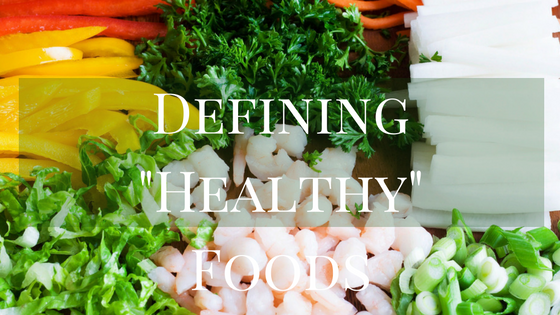
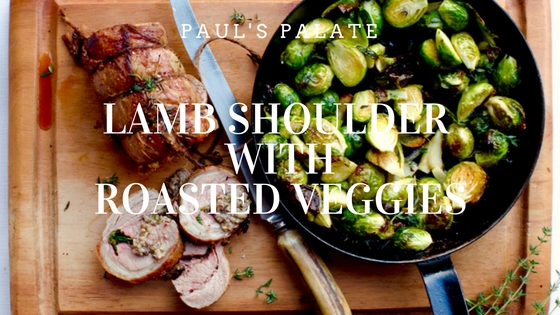

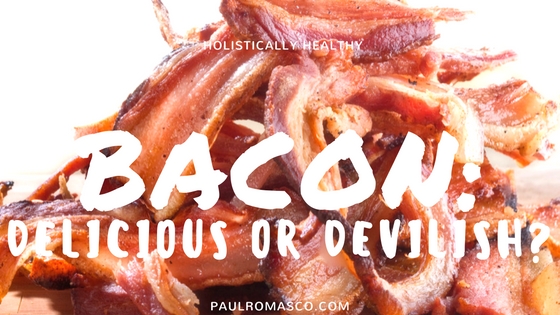
 For many years a healthy, balanced breakfast consisted of a few eggs, a couple strips of
For many years a healthy, balanced breakfast consisted of a few eggs, a couple strips of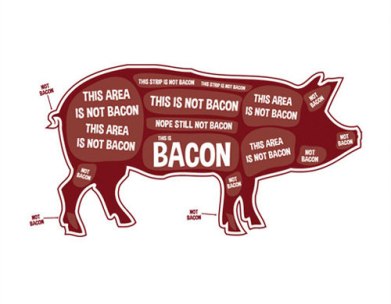
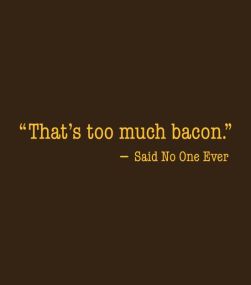 If you raise a pig with plenty of land, allow it to root around for fruit, plants, nuts, small rodents, and occasionally supplement its feed with food scraps from the family dinner table, then the resulting meat will be amazingly nutritious. Pigs raised this way can have as much omega 3 as some fish!
If you raise a pig with plenty of land, allow it to root around for fruit, plants, nuts, small rodents, and occasionally supplement its feed with food scraps from the family dinner table, then the resulting meat will be amazingly nutritious. Pigs raised this way can have as much omega 3 as some fish! 
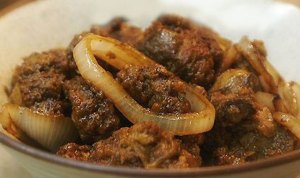
 1 cup whole wheat pasta (enriched)
1 cup whole wheat pasta (enriched)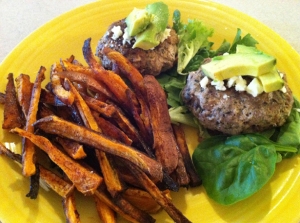

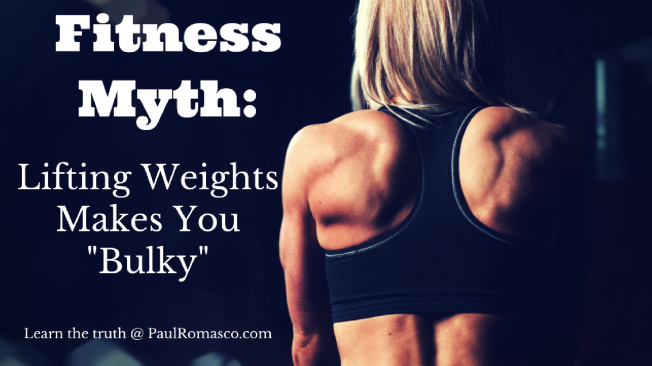
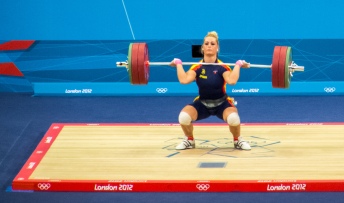
 The weights that bodybuilders handle may look heavy but this is merely because they are very strong and have been lifting, with regular improvement, for a long time. It may look like a bench press with two 75-pound dumbbells looks heavy, but if the individual is doing it for 8 or more reps, they could handle over 100-pound dumbbells for fewer reps.
The weights that bodybuilders handle may look heavy but this is merely because they are very strong and have been lifting, with regular improvement, for a long time. It may look like a bench press with two 75-pound dumbbells looks heavy, but if the individual is doing it for 8 or more reps, they could handle over 100-pound dumbbells for fewer reps.